Elizabeth Fazzare: How did you begin to build your own collection?
Juliana Lima Vasconcellos: I've always had a sharper aesthetic sensibility, a look at different things that have an emotional or sensory appeal. As a child I used to say that I would be a visual artist, but I ended up studying architecture. In my professional life, I started visiting galleries, fairs and also panning for vintage furniture. With that, I created a personal relationship with this universe.
EF: What was the first piece you purchased?
JLV: The first piece I bought was a Jorge Zalszupin armchair at auction.
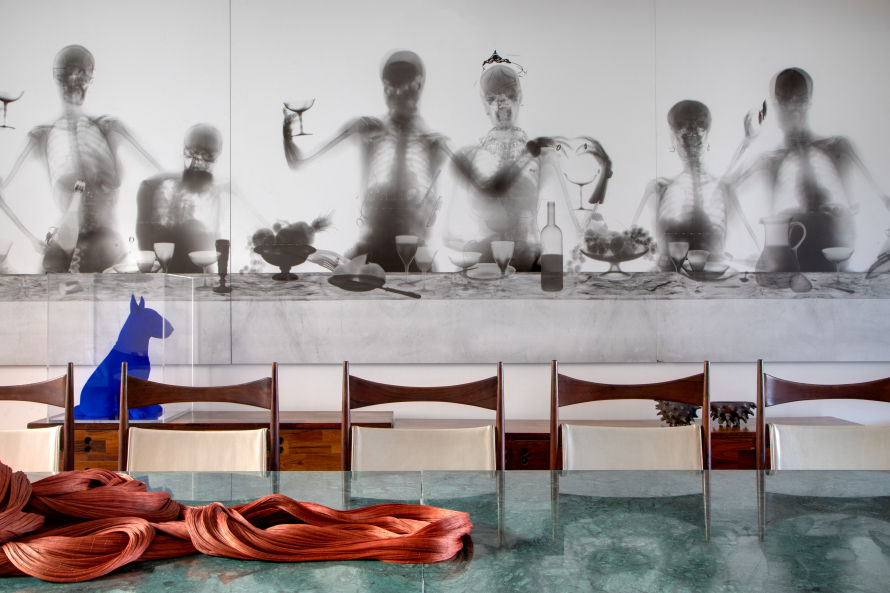
EF: Do you have a defining theme to your collection?
JLV: Not exactly. My pieces are mostly by Brazilian artists and designers. In furniture, I focus on modern Brazilian furniture but in art I connect more with contemporary works. It brings up scathing questions for the moment, whether in the social, political or even personal matters. I like this dialogue between modern furniture and contemporary art.
EF: What designers/artists are inspiring you right now?
JLV: I have really enjoyed the work of Yuli Yamagata, as well as Valeska Soares, Nuno Ramos, Leda Catunda and Solange Pessoa. In design, Irmãos Campana, Ingrid Donat, Rick Owens and Erez Nevi Pana are inspirations.
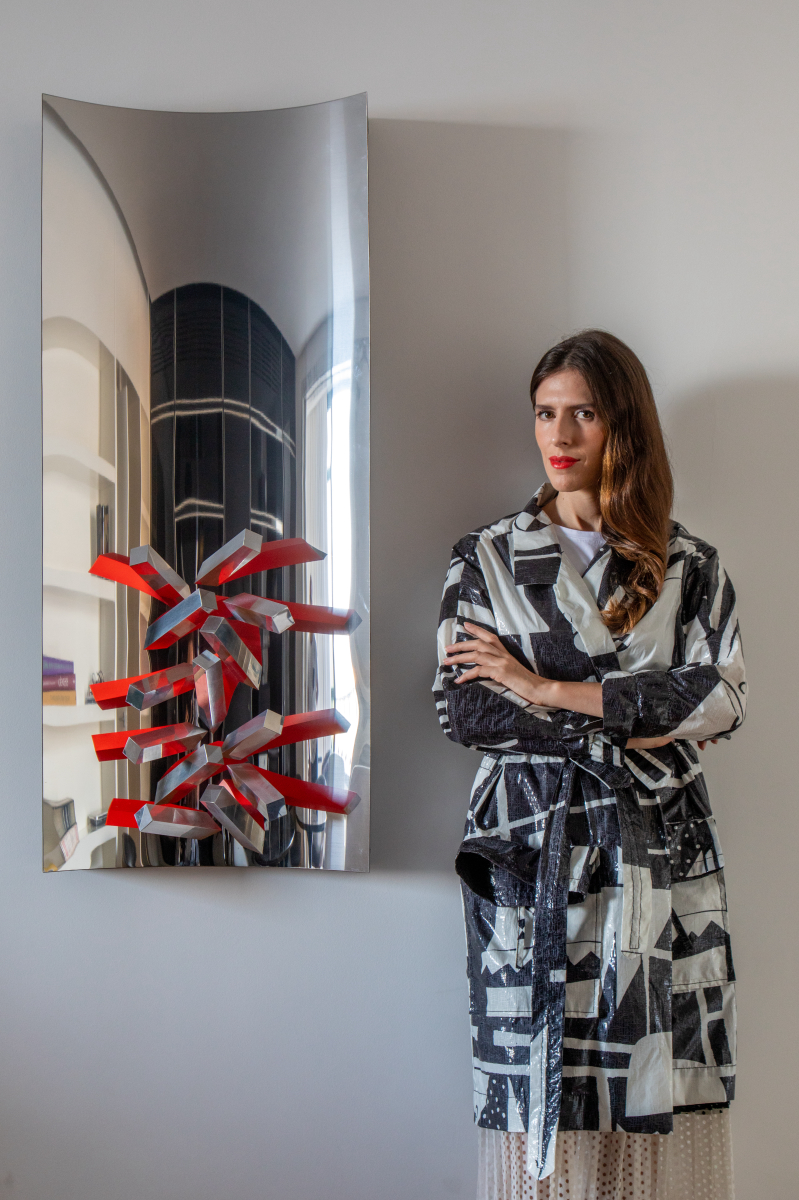
EF: What current collection trends are on your radar, if any?
JLV: I'm not exactly following a trend, but I'm enjoying mixed-tech work, which takes up space in three dimensions. Materiality issues, processes, techniques that awaken an emotional connection in me. It's more intuitive. I like works that deal with everyday life, inserting a cultural context and bringing a connection with the artist's roots.
EF: Does the marketplace help your discovery?
JLV: No doubt! Galleries are always looking for new voices and helping the artist to create a consistent career. At fairs, we feel what the market is looking for. This helps toward more informed opinions.
EF: In terms of discovering new artists/designers, what are your trusted methods?
JLV: I talk to gallery owners and curators, but I can't deny that I discover a lot online, in magazines or websites.
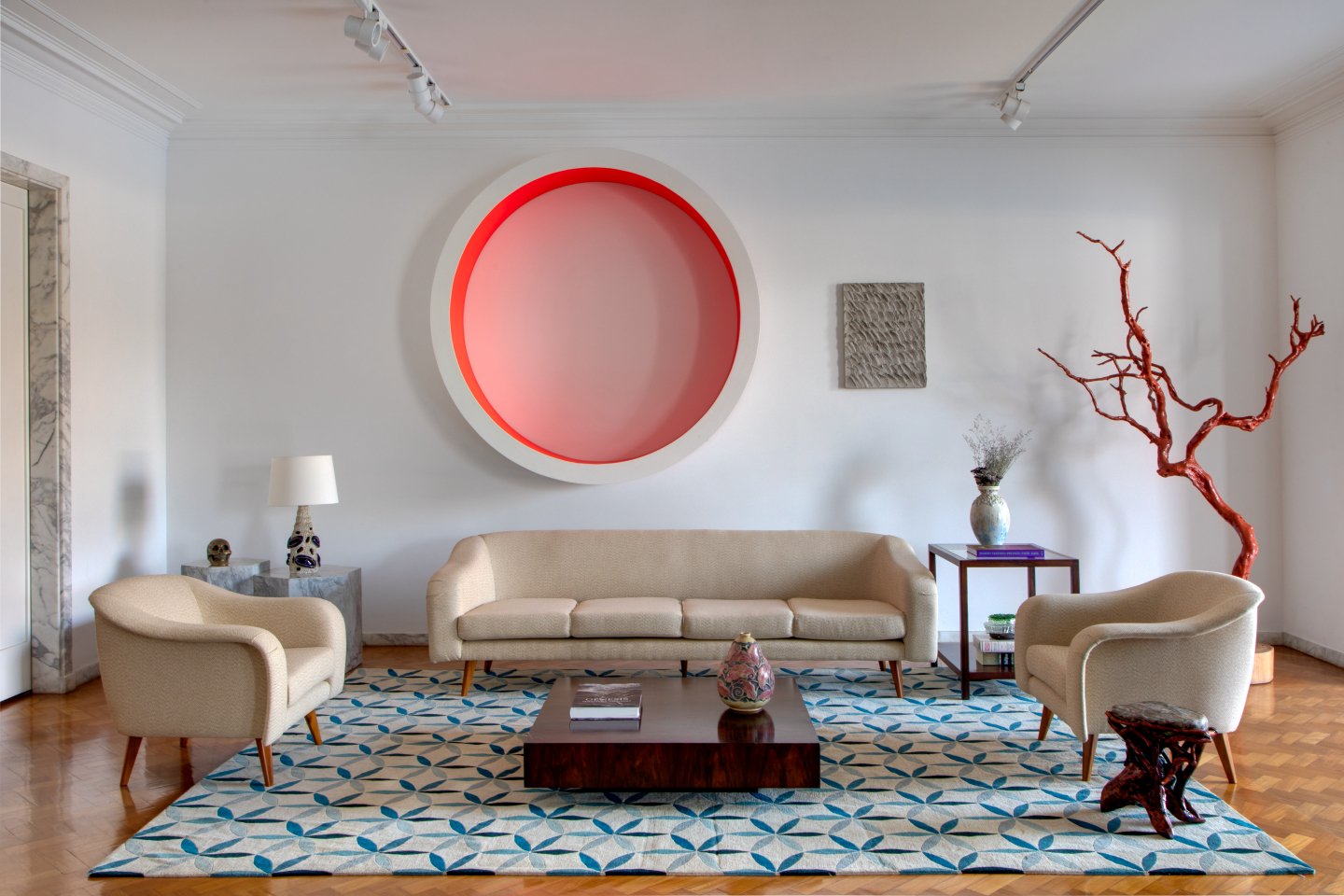
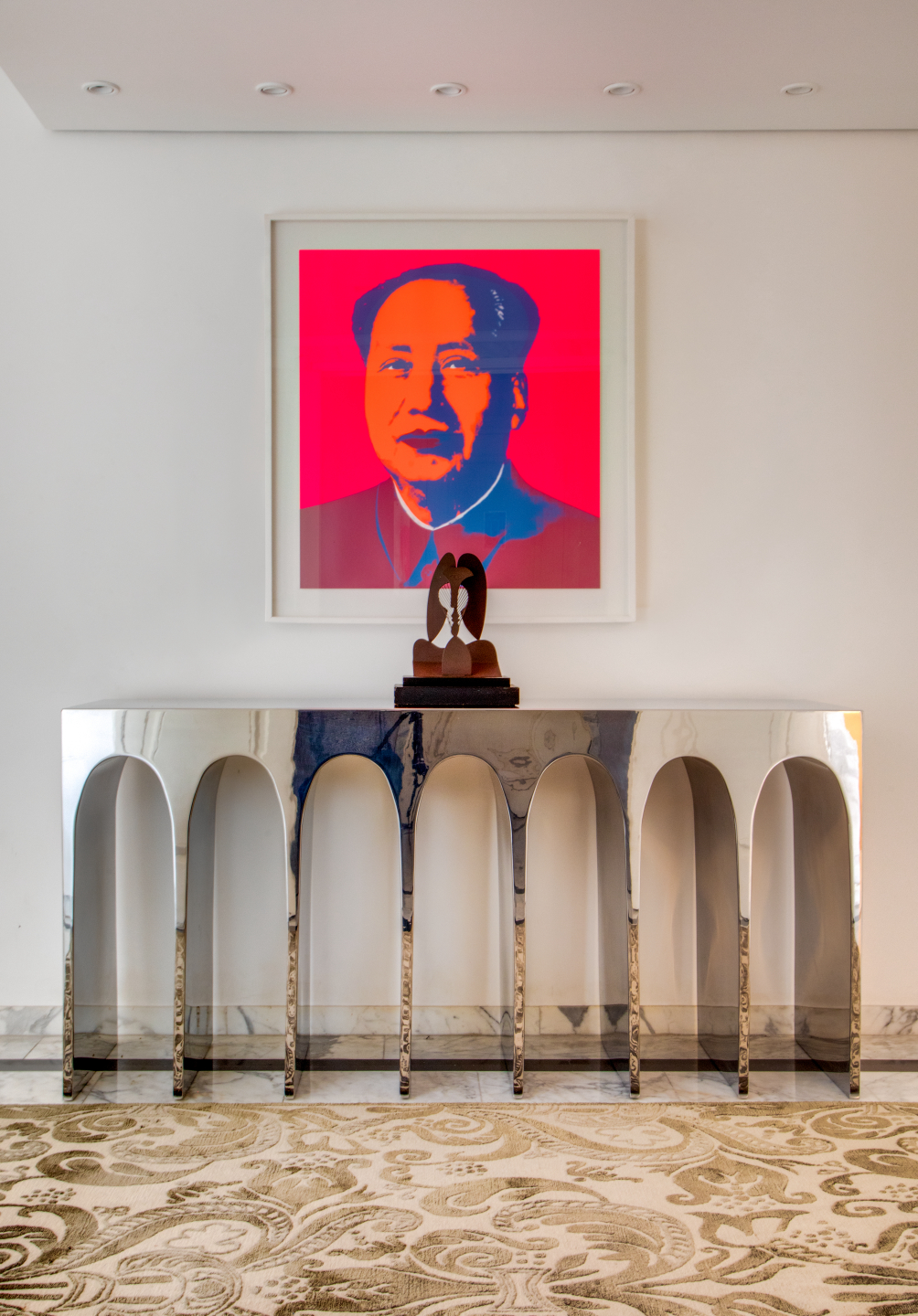
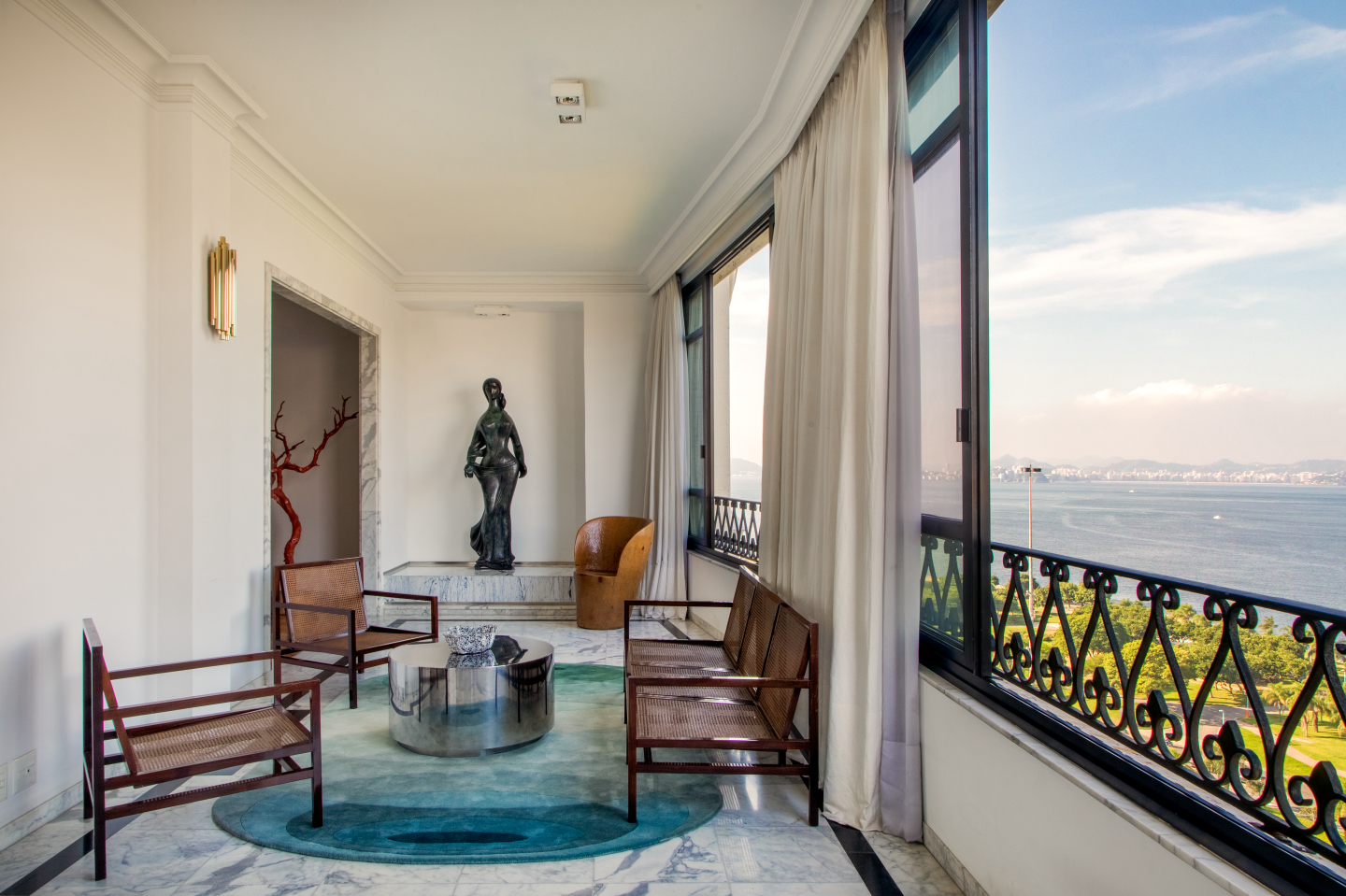
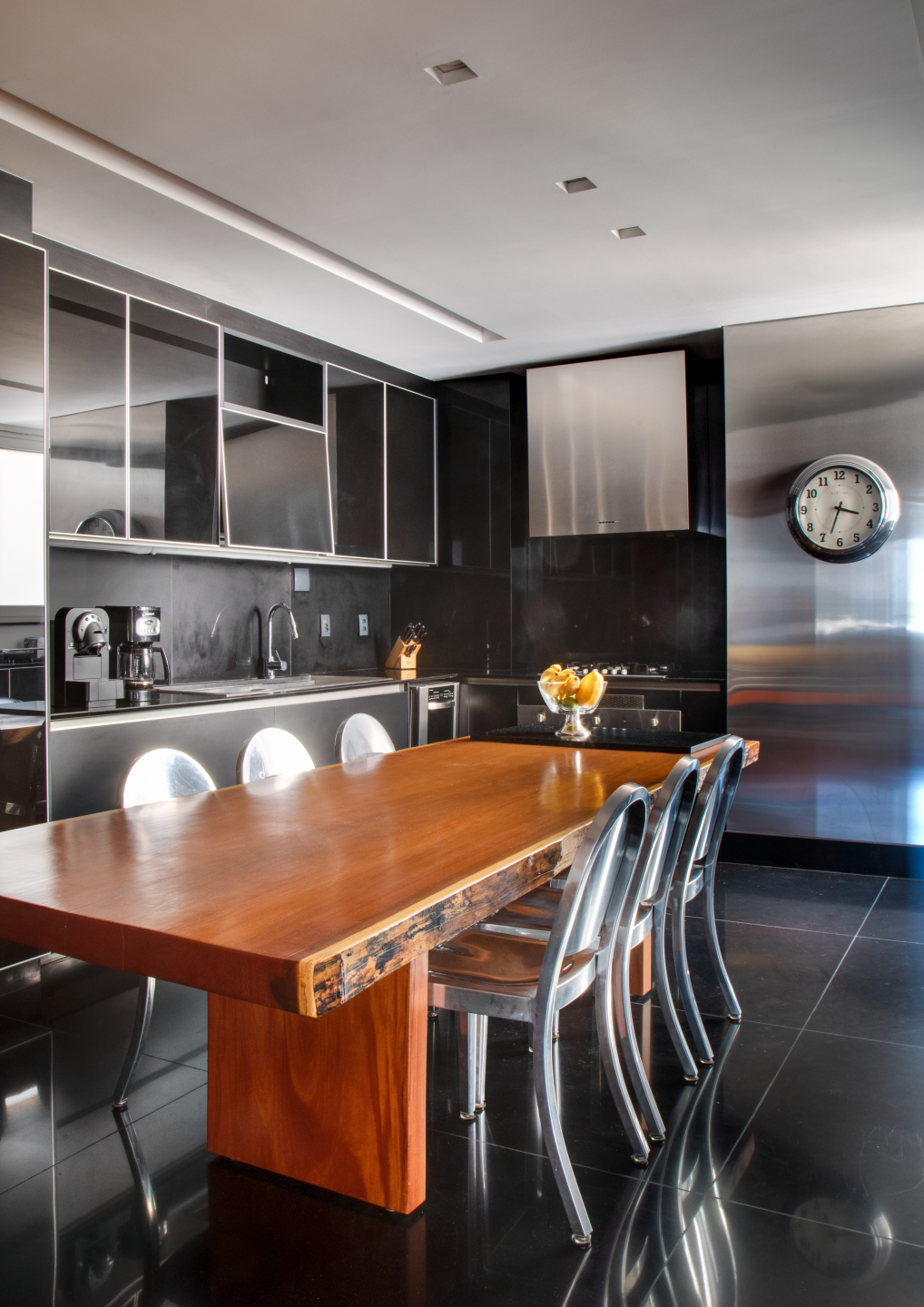
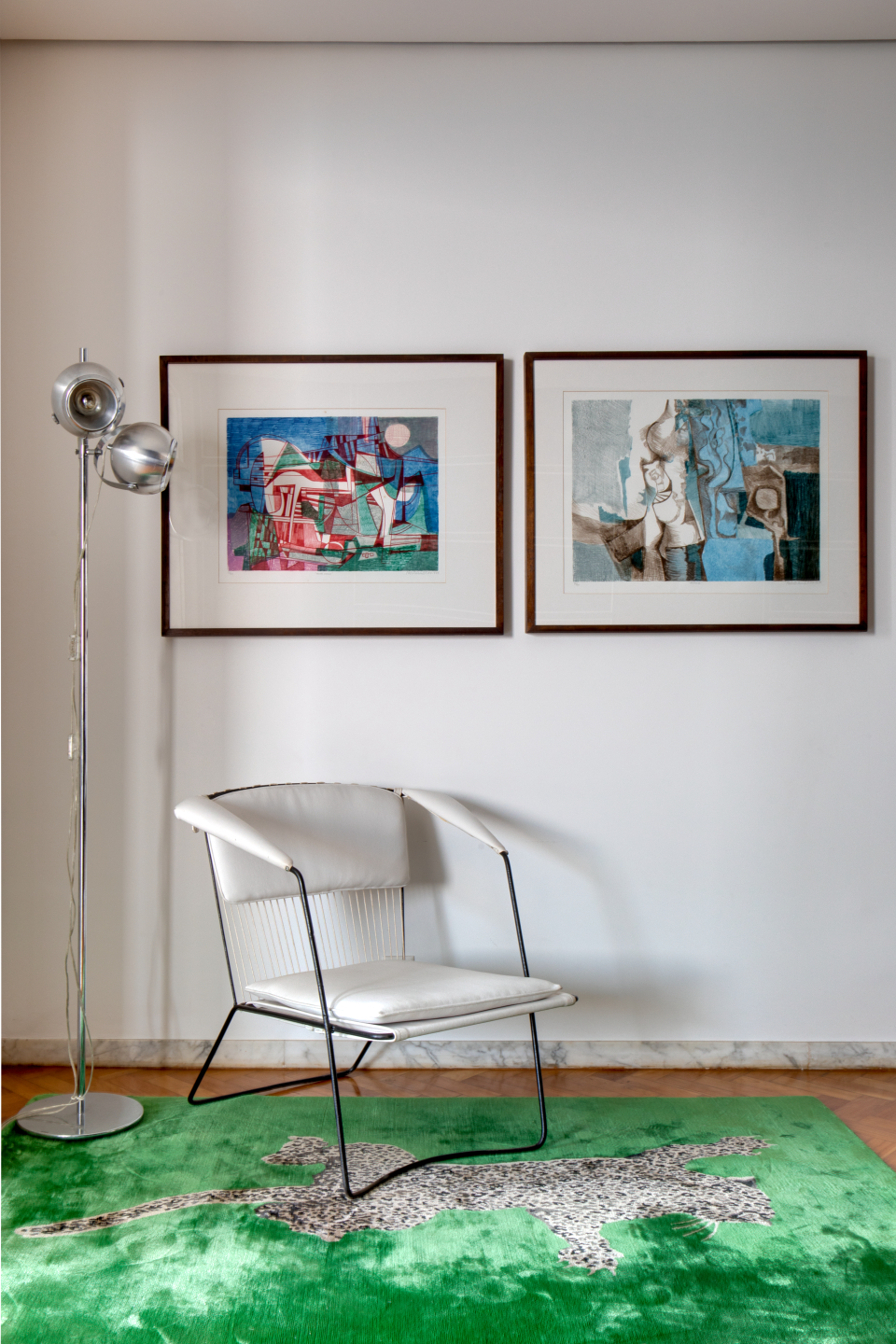
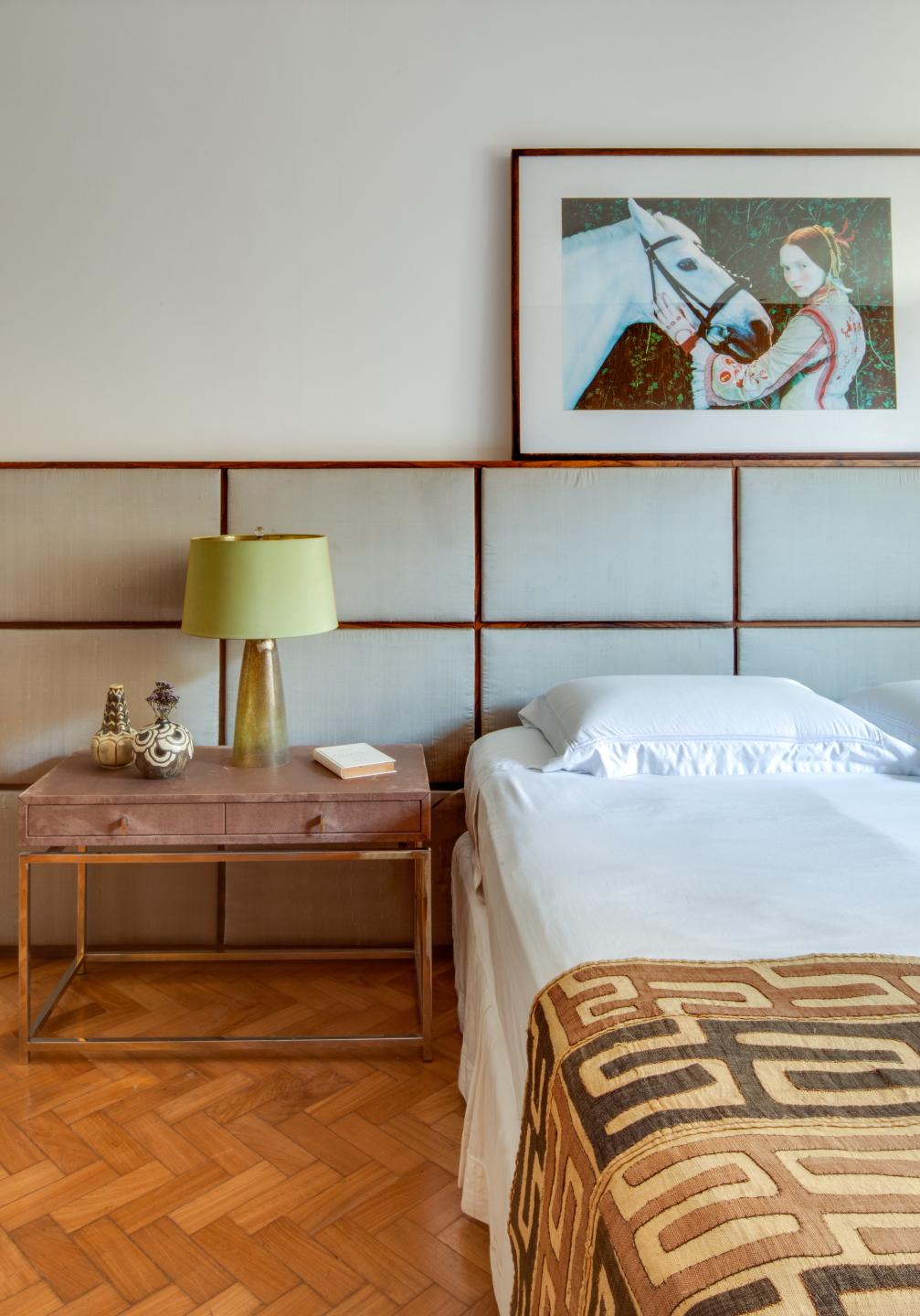
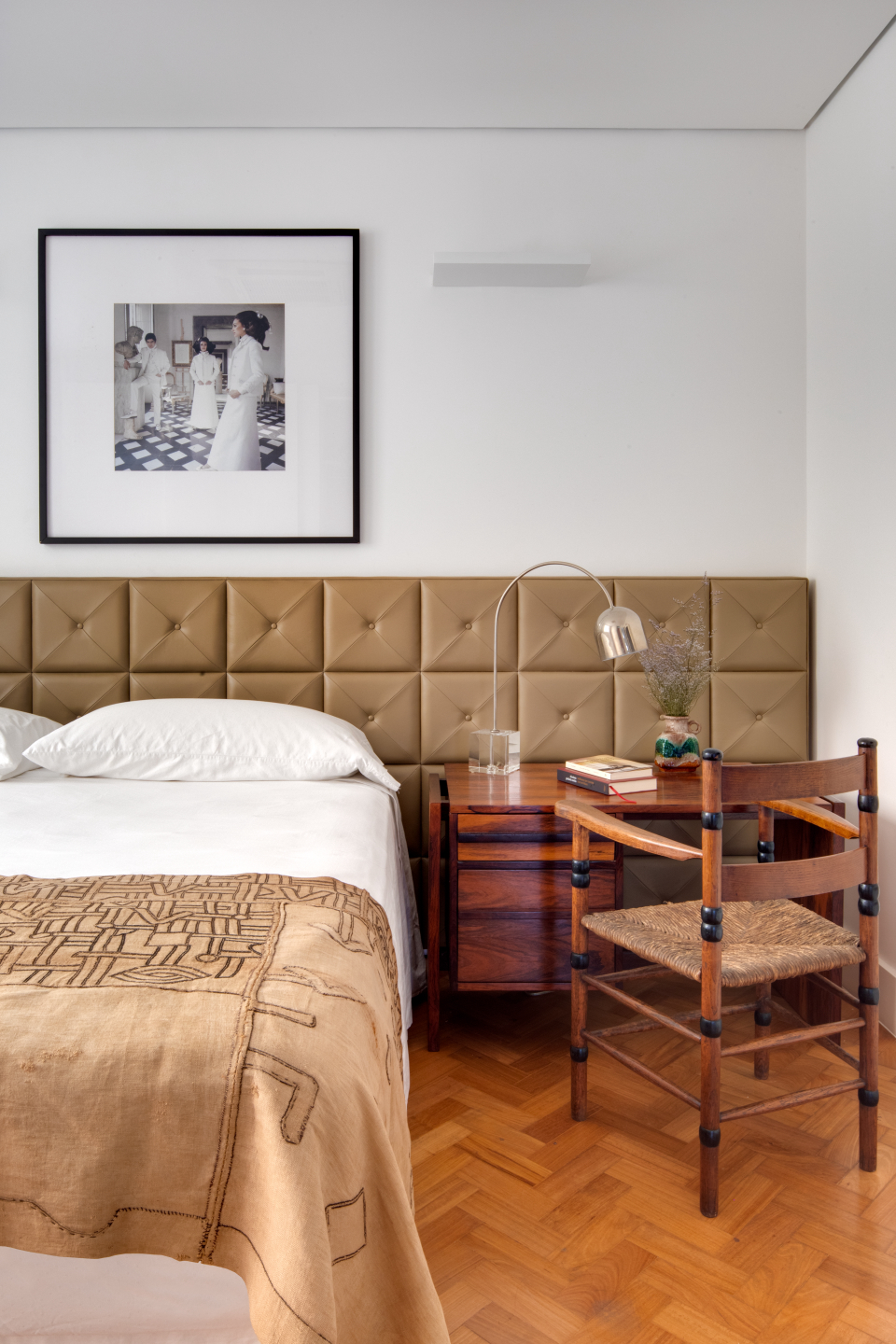
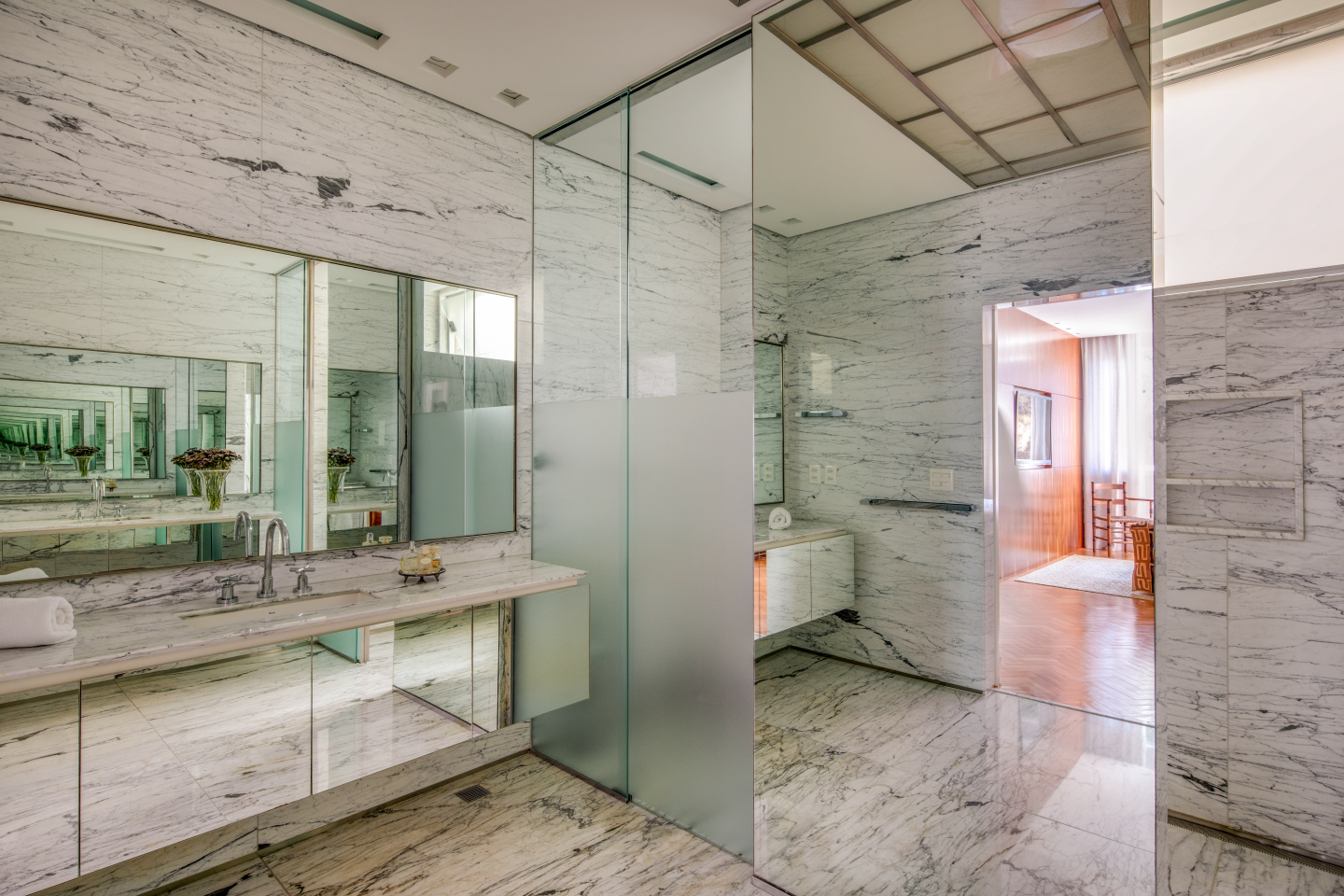
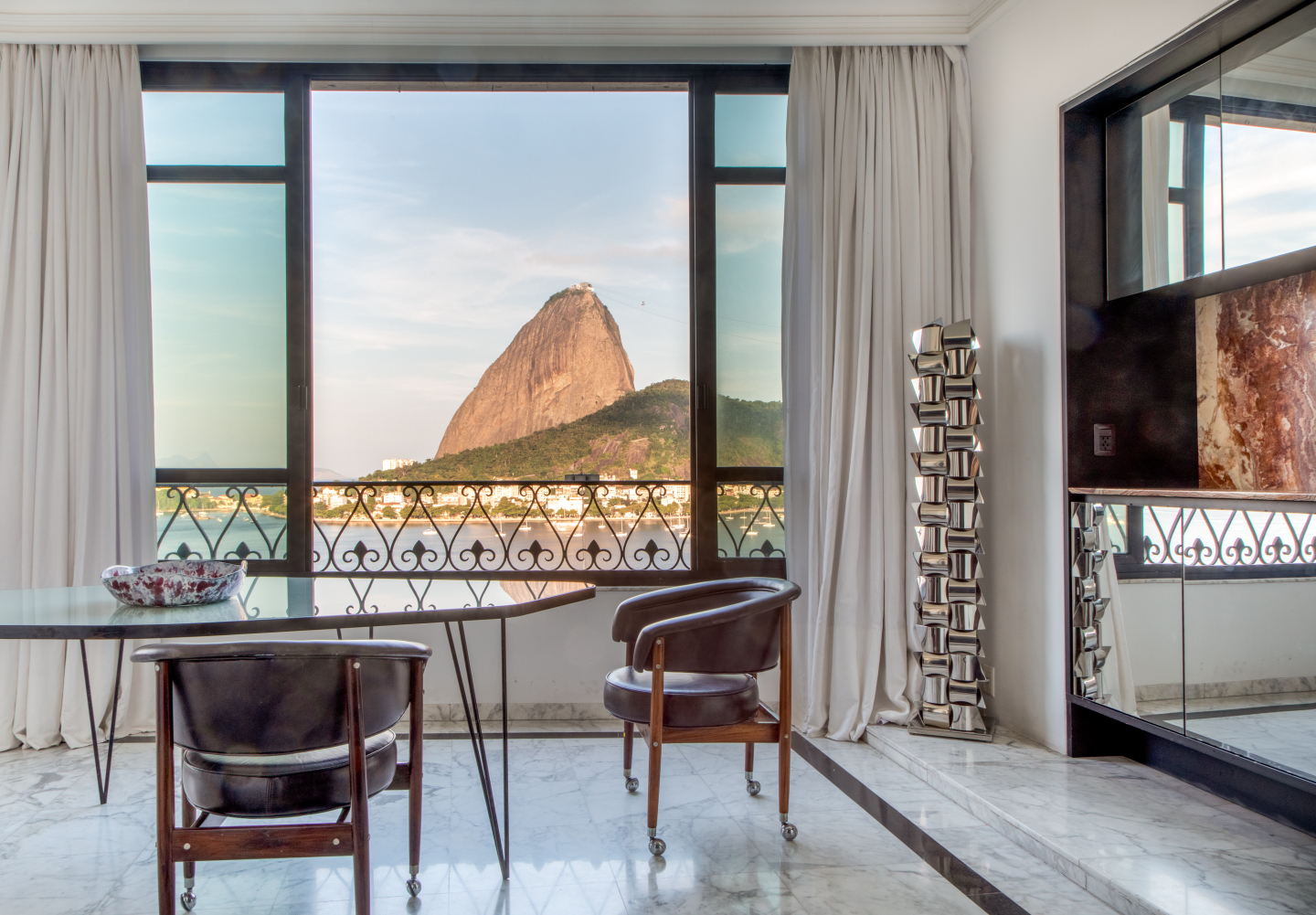

EF: What is the next piece on your radar?
JLV: A work by Santidio Pereira is on my list.
EF: What is the last piece you purchased?
JLV: A table by the Campana Brothers.
EF: What is the one piece that got away?
JLV: I rarely remember pieces that escaped, because there were many, but one remained in my memory for a few years was a work by Arne Quinze.


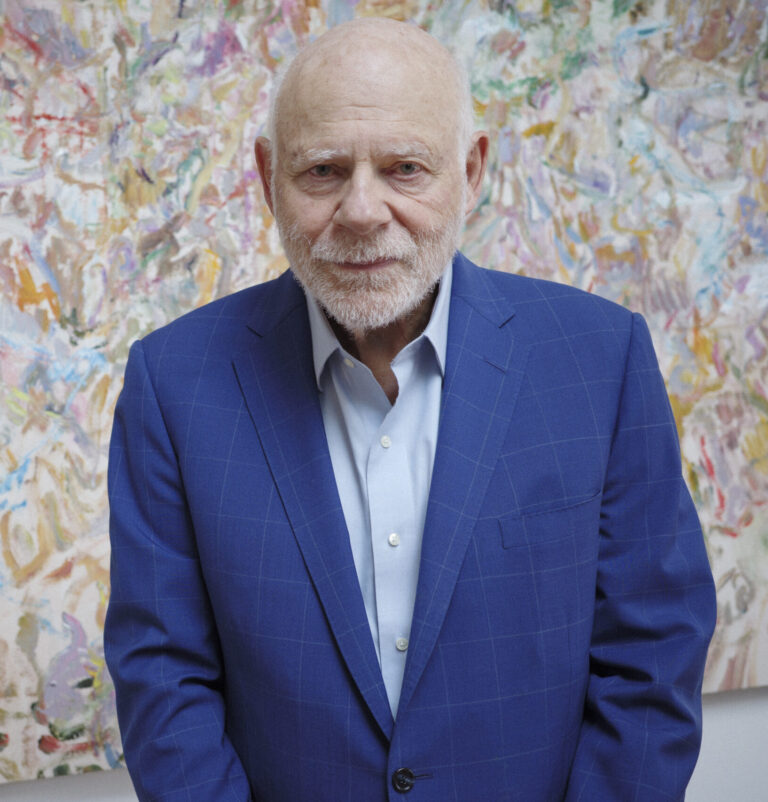
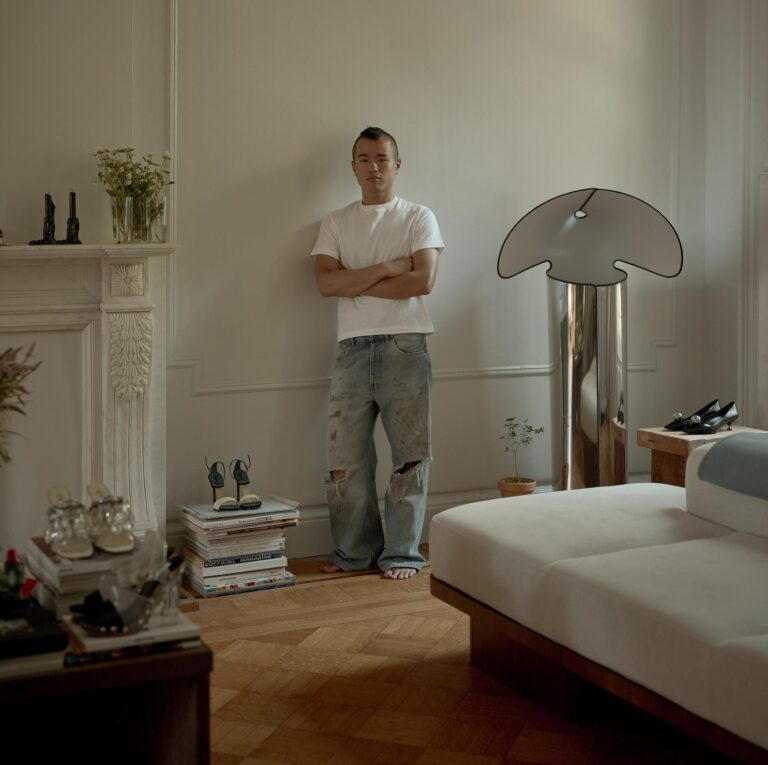

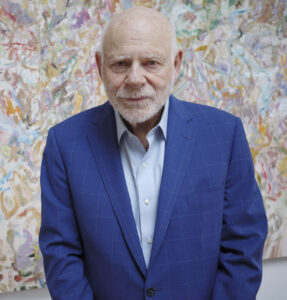




 in your life?
in your life?

